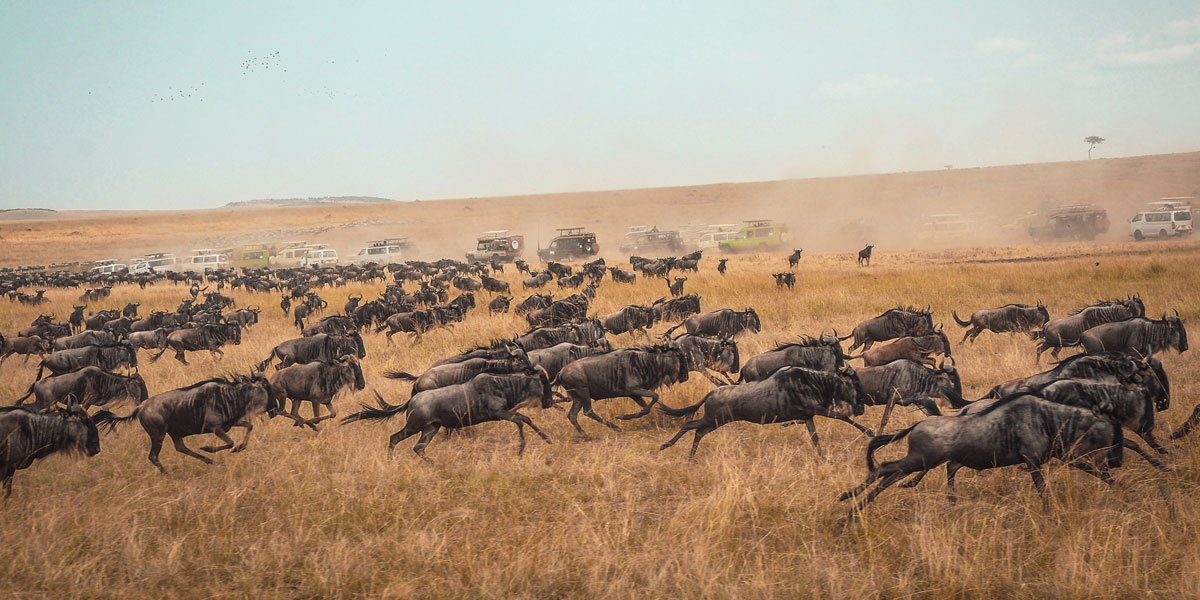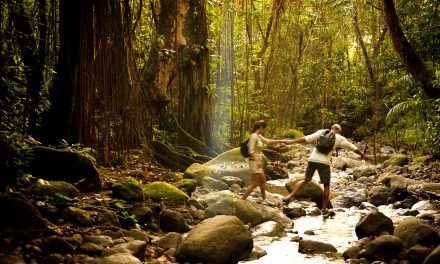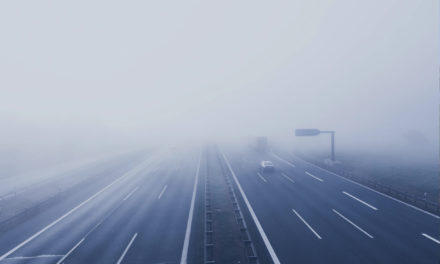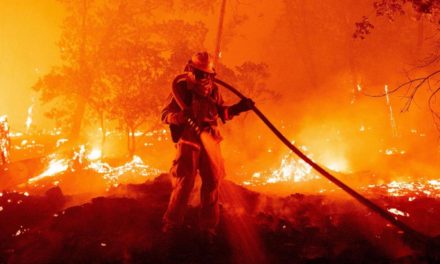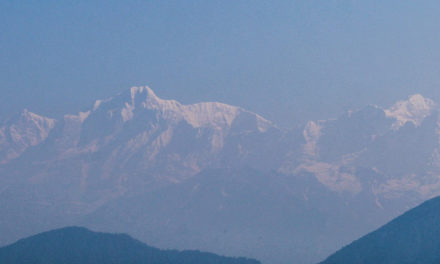From the hottest deserts to the coolest mountains, insects, animals and even plants are on a constant move, in search of optimal climate, food or ideal mating conditions. However, the harmful effects of the climate crisis are forcing different species to adapt to their changing environment. Journeys that have been traced by humans for a millennium are now disappearing or swerving off the track. Experts estimate that from the beginning of time if you were to list every species on Earth, from the tiniest mould spore to the largest mammal, 99.9 percent of them would now be extinct.
As habitat destruction continues to be the leading cause of animal extinction, the rate of species extinctions is also accelerating. The World Wildlife Foundation says that the rapid loss of the species we see today is estimated to be between 1,000 and 10,000 times higher than the natural extinction rate. But it isn’t just the changing climate that’s altering migratory routes, it’s the human contribution to climate change in particular that has resulted in altered and challenging landscapes. Here are some examples of species facing extinction due to their changing environment:
Wildebeest
Africa’s Serengeti, one of the continent’s natural wonders, hosts one of the greatest migrations ever seen. Each year, more than a million wildebeest take part in a 1000 kilometre migratory loop around Tanzania and Kenya in search of green grass to graze. The movement of so many animals at the same time is one of the region’s greatest natural attractions.
However, experts say new dangers await the wildebeest population, with the first being human development infringing on their space to roam. Not only do the growing number of fences, farms and settlements overstep boundaries, but agricultural production and livestock overgrazing leave the species with very little to eat. Secondly, as climate change presents more droughts, it can potentially wipe o a significant number of the population, particularly if the Mara River, which spans across Kenya and Tanzania, dries up. With increased rainfall, flooding could make the treacherous journey even more dangerous, especially as the wildebeests try to cross the river.
Despite the wildebeest migration dating back at least a million years, human-induced climate change and the shifting landscape are threatening the future of the species, and thus the future of one of the most important ecosystems in the world.
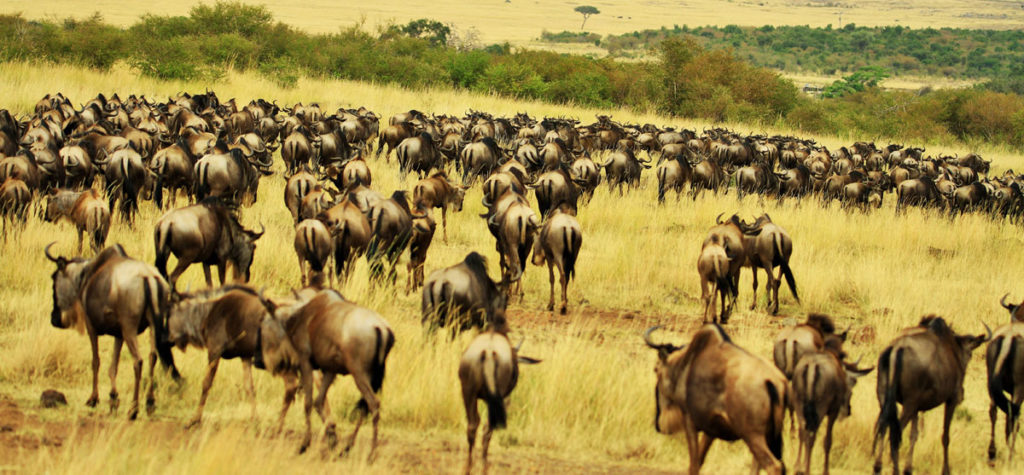
White Stork
Remember asking your parents where babies come from? Many may recall the elaborate tale of the white stork that delivered new-borns in a bundle of white cloth, as popularised by European folklore.
The white stork is part of the Ciconiidae family of storks, a large bird described as a long-distance migrant. The species usually spends its winters in southern Africa and summers in Europe. But human activity is changing that.
A paper published by Science Advances found that the migratory route of white storks has shifted to take advantage of garbage dumps and landfills in Northern Africa. This fast-track urbanisation occurring in many parts of the world continues to hurt animals the most. Additionally, migrating birds commonly eat insects, sh and frogs, changing the natural course of the bird, which experts say can have unknown and dire consequences.
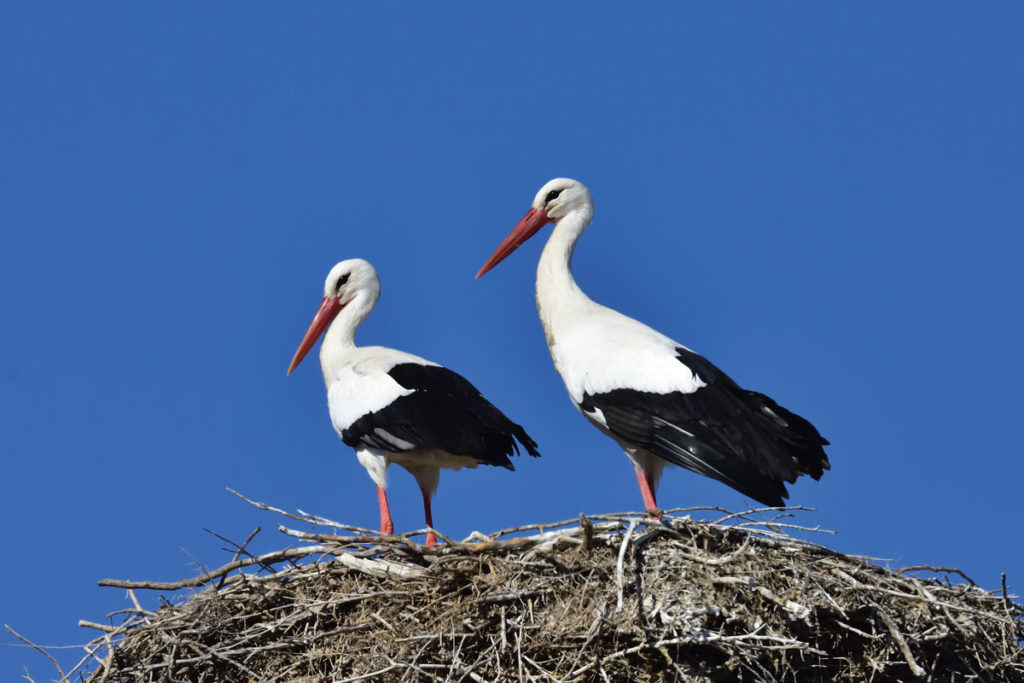
Adélie Penguins
Many species know how to adapt to changing temperatures but researchers believe that the unprecedented temperatures witnessed in recent years might be all-too heavy to bear for some of the world’s oldest species. Adélie penguins have been in the Antarctic for thousands of years, acclimating to whatever was thrown their way throughout evolution. Their yearly migration involves travelling from breeding colonies to out to sea where they forage for food, and back.
Unfortunately, as global warming contributes to the loss of sea ice and a rise in ocean temperatures, colonies of Adélie penguins have been forced to migrate thousands of miles through the continent in hopes of surviving. According to a University of Delaware study, up to 60 percent of the current Adélie penguin habitat will not be able to host colonies by the end of the century. In efforts to preserve the species, the penguins have been listed as near threatened with extinction.
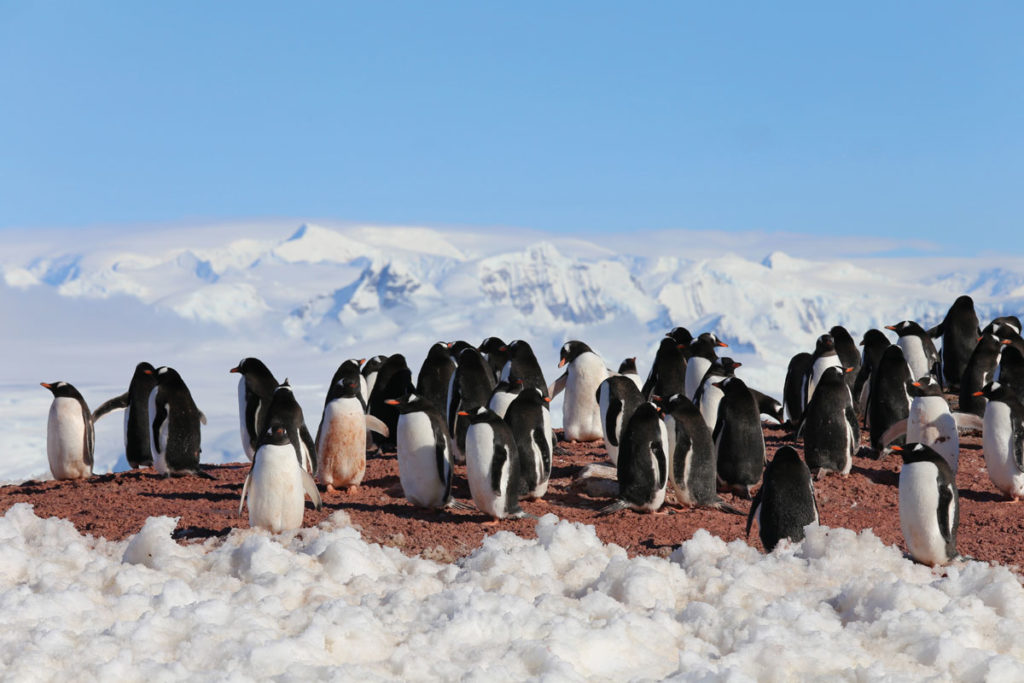
Read also: COVID-19’s Impact on the Environment: The Good and the Bad
Humpback Whales
Changes in the climate are usually a prompt for animals to begin migrating, but, as ocean temperatures change drastically due to the climate crisis, sea creatures are migrating earlier than usual.
The humpback whales migrate from the freezing waters of Antarctica all the way to equatorial countries like Ecuador and Colombia to give birth. Yet, where they once arrived in July, they’re now appearing as early as May.
The warm waters have also killed a significant portion of krill – a major food source for humpback whales. Many fail to survive the journey to the equator, while others arrive weak and thin.
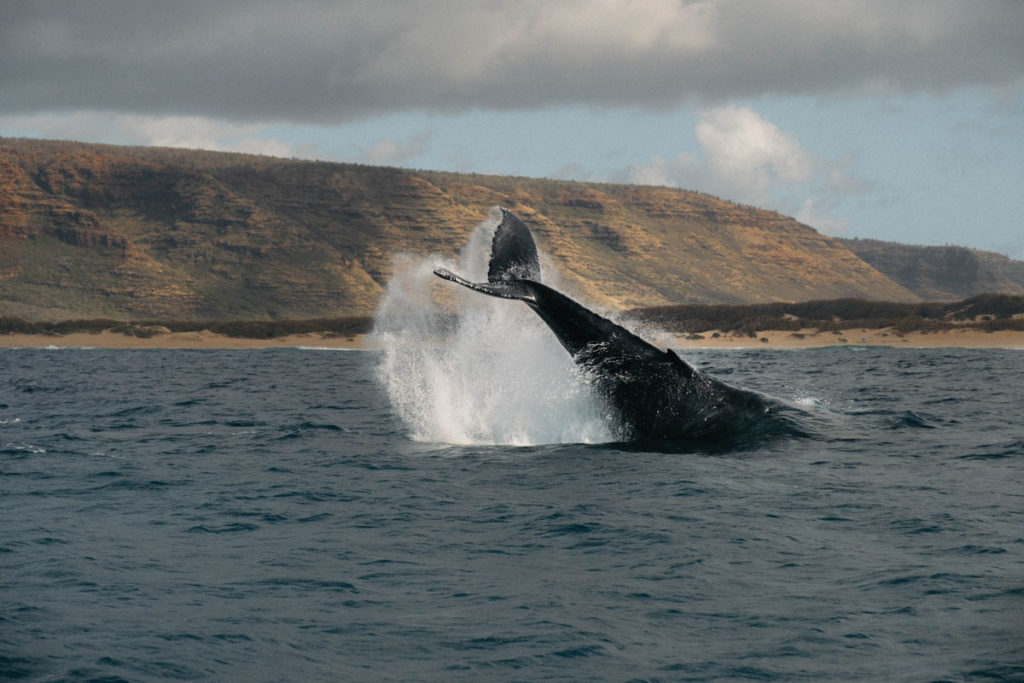
This story first appeared in the 2021 print issue of Truly Belong under the title “The Road Less Travelled.”
- This Artist is Making the Underwater Arena His Canvas - 28th April 2021
- A Video Game that Promotes Peace and Conflict Resolution - 15th March 2021
- Netflix’s ‘Living Undocumented’ is a Difficult Series to Watch, and Exactly Why We Should - 9th March 2021

